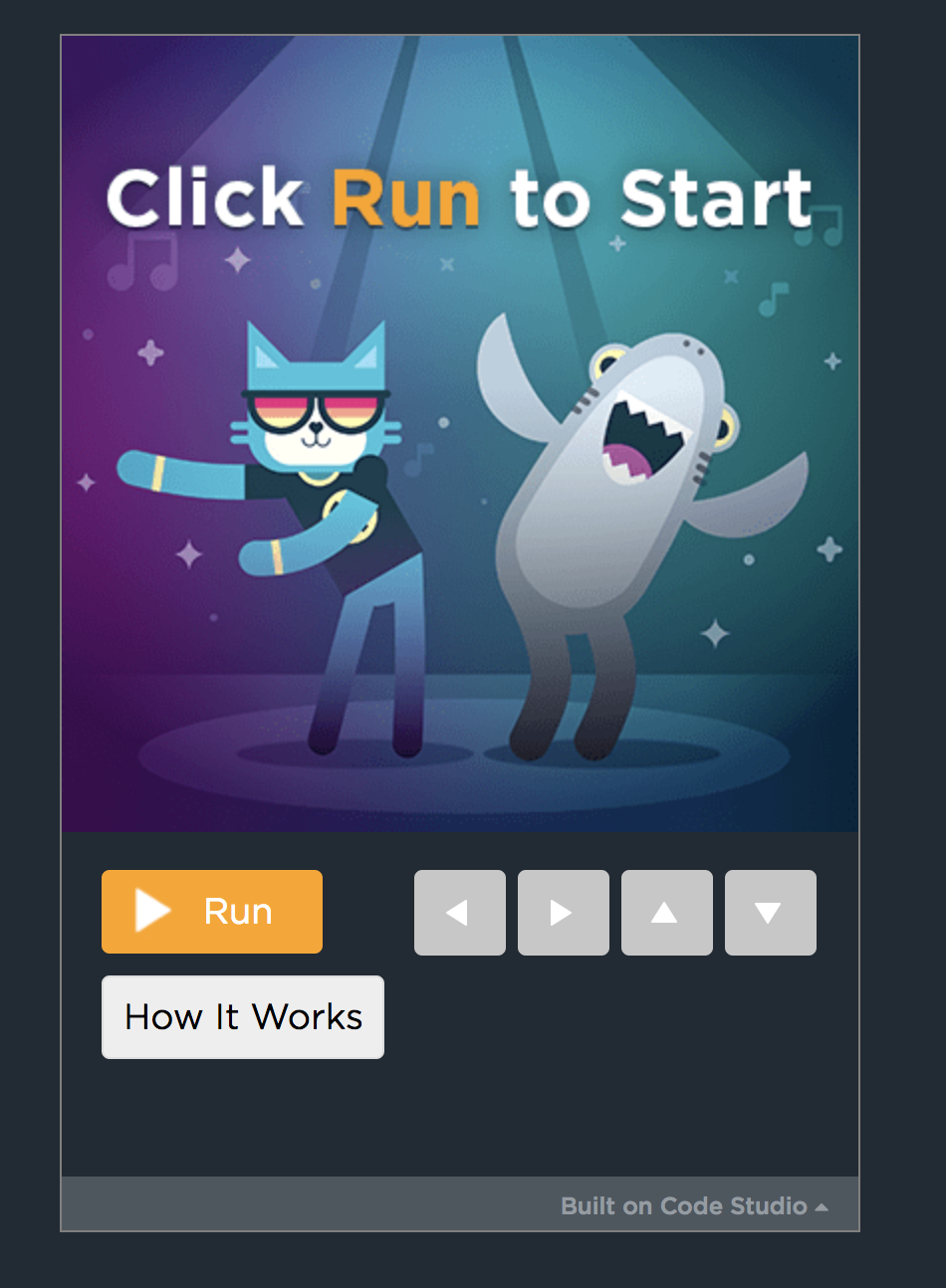Introduction
SIJP has been teaching computer science to students in Seattle, as well as to students in Japan’s Kumamoto and Fukuoka prefectures through a teleconference system called Zoom. On Dec 16th, we held a class called “Shall We Dance? – Hour of Code.” I hope everyone who was able to attend enjoyed it. This document is the report for those who missed the class. This was the 6th installment of our SIJP classes, and was the last one for 2018. This time the venue was the Japanese language school, Yotsuba-gakuen in Bellevue, Washington. This venue created a fun learning environment, all while engaging students effectively in order for them to learn coding skills. For this, we would like to say thank you on behalf of all of our staff at SIJP for all of the support throughout the classes.
The first week of December is called “Computer Education Week” due to Grace Hopper’s birthday being on December 6th. During this week, students all over the world study computer science, and at the same time, the event called “Hour of Code” is held to raise awareness for coding by providing a one-hour introduction to computer science for all ages of people.
Main Theme of the Class
The hour of code this year was a phenomenal time to learn coding. Kenji witnessed this moment at Open Window School where the code.org CEO, Hadi Partovi, introduced beginner students to advanced coding techniques. He even danced with a Shark costume on during the coding assembly!
The Shark Dance:
I surprised my daughter at her school #HourOfCode assembly. 😂😂#leftshark #danceparty #firework pic.twitter.com/0E2QJQY725
— Hadi Partovi (@hadip) December 13, 2018
Students enjoyed the assembly thoroughly. They also made several impressive dance moves on the code.org platform.
Kenji wanted to bring this atmosphere to Kumamoto and Fukuoka with the help of Internet.
Dance (Clicking above image will open up dance screen)
Assignments
We prepared and assigned two assignments ahead of class as practice for the students.
Code.org Activity
We asked students to join our code.org class and work on the first two assignments (1 and 2) as a warm up. Some students worked on more assignments in the course, we appreciate it greatly!
Using code.org dashboard, we can see students’ activity.
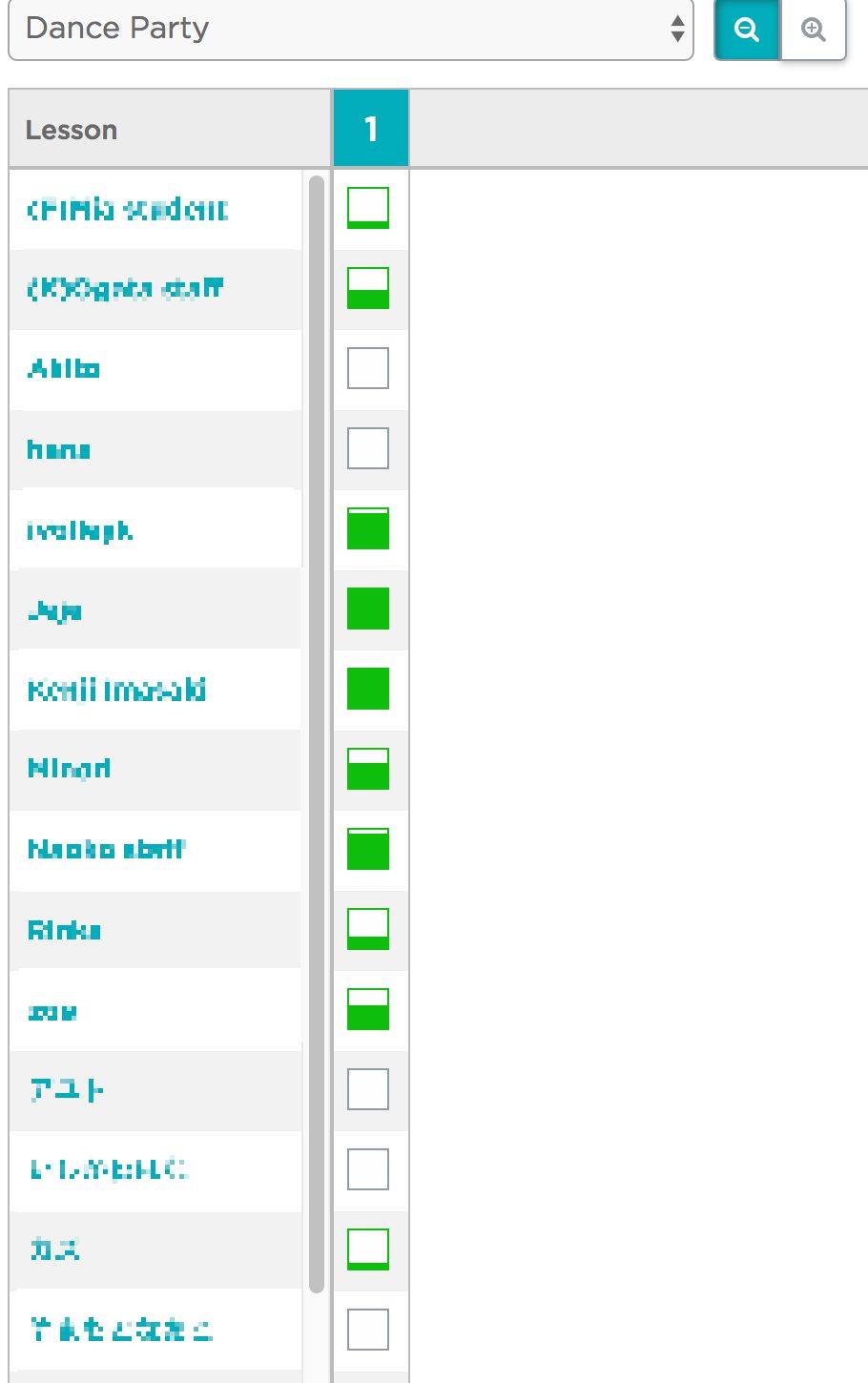
code.org’s teacher dashboard
Seesaw Activity
We prepared a special Xmas assignment which was called, “What is the best Xmas present?” We used the Seesaw activity developed by Holly Pirkle.
Here is some of the students’ submissions.
Seesaw Assignment : Best Xmas Present (Clicking above image will open up Seesaw screen)
Unplugged Dance Activity
First, we explained that we have four classrooms around the globe that are separated by quite the distance. We had students from each classroom introduce their location to the other classrooms.
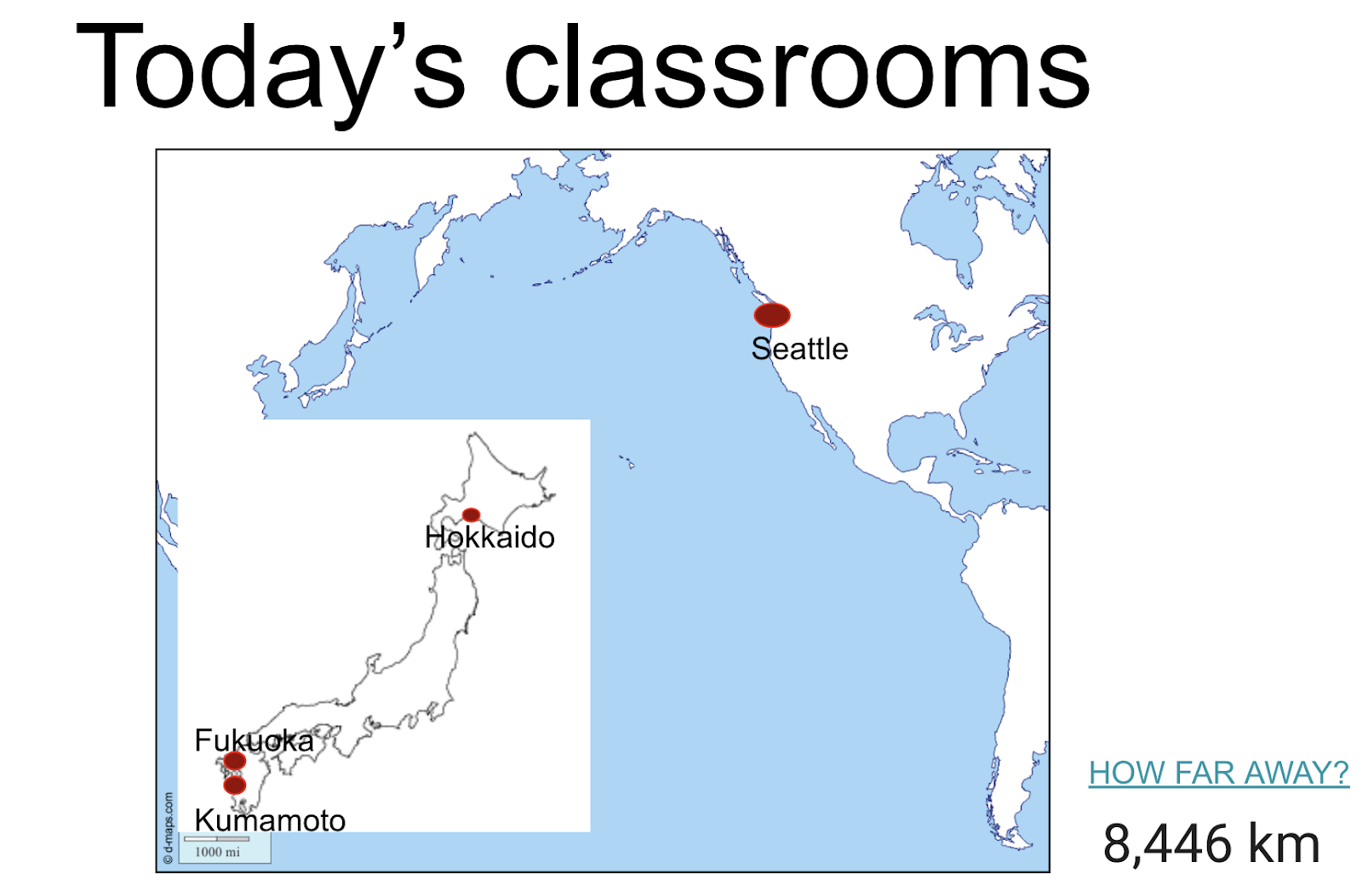
We welcomed CoderDojo Sapporo-East as an observer. Welcome to our class.
Here is the video showing these locations of the classrooms using Google Earth:
We then used the Unplugged Dance Activity from code.org.
Introduction
First, we introduced “Events” and “Event-Driven Programs”.

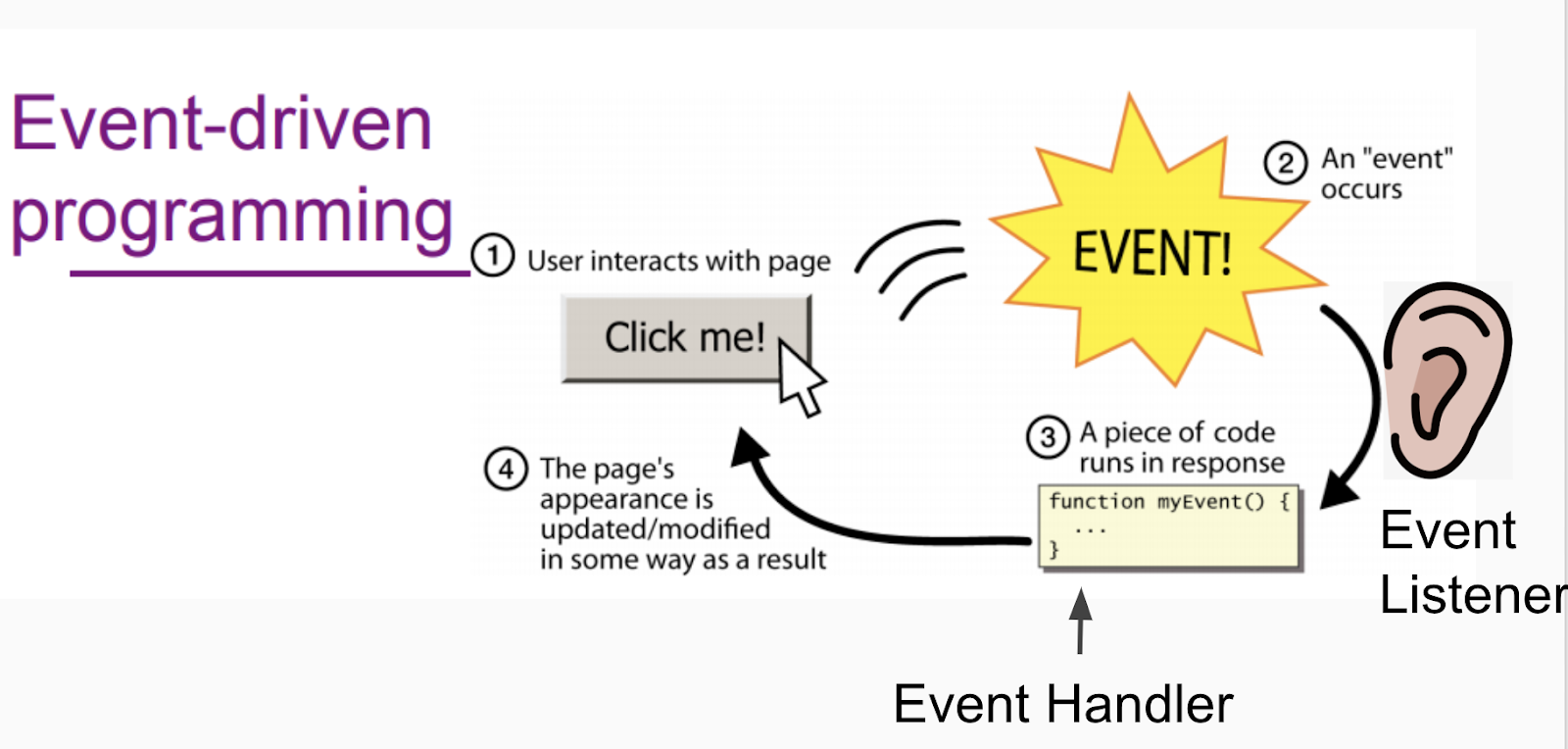
Here are some examples of Event-Driven Programs:
- https://codepen.io/jh3y/pen/aPzVme
- https://codepen.io/alexzaworski/pen/mEkvAG
- https://codepen.io/epilande/pen/eZJGpP
Now we are ready to dance! Let’s have some fun shall we?
Dancing
Izumi, from Global Smile school in Kumamoto, started teaching the dance moves (the instructions can be found here).
First, she introduced six dances: Dabbing, High Claps, The Star, Body Rolls, the “This or That”, and the Floss. You can also learn these dances from this slideshow.
It looked like the most difficult dance was the Floss. Here is a video about the Floss dance for beginners:
A lot of kids in U.S. seemed to know about the Floss dance prior to this event, which was a surprise to us and our Japanese audience.
Each dance had its own color associated to it, which is important in the next step, the Control Panel.
Magic Control Panel
Izumi introduced the Magic Control Panel like the one below.
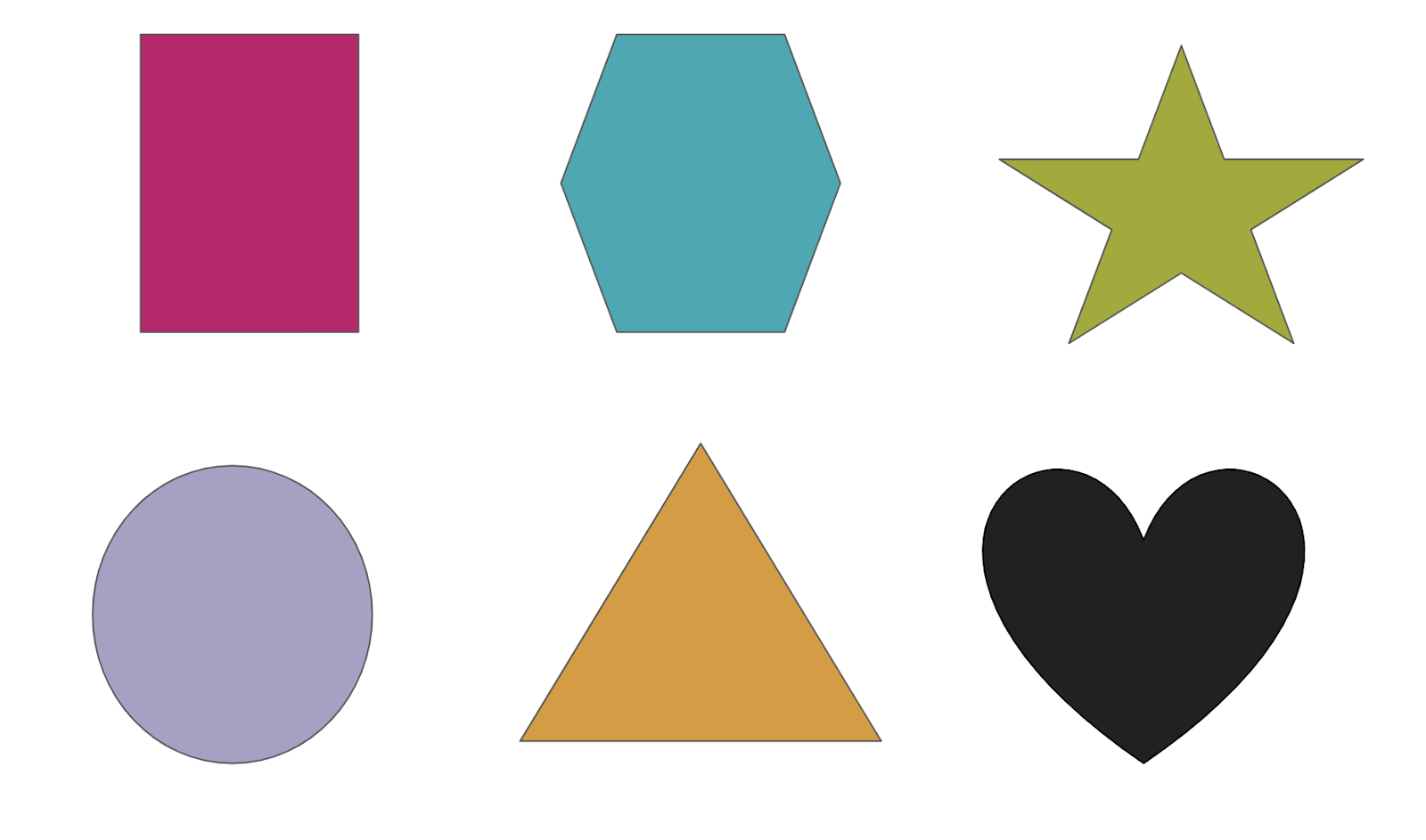
Each shape in the control panel has a unique color, which is similar to the slideshow showcasing the dance techniques shown earlier. Every time she pressed the button on the panel, students danced according to said color.
Measures
In dance we use something called Counts. Four Counts is equivalent to a Measure, Two Measures is equivalent to eight Counts, and Four Measures is equivalent to 16 Counts. You can write code based on this. During the dance activity, you can change the dance at every 2nd Measure or 4th Measure.
We had blast at the dance lesson thanks to Izumi. Not only the kids, but also parents participated in it, we hope they had fun!

Seattle

Fukuoka (1)

Fukuoka (2)
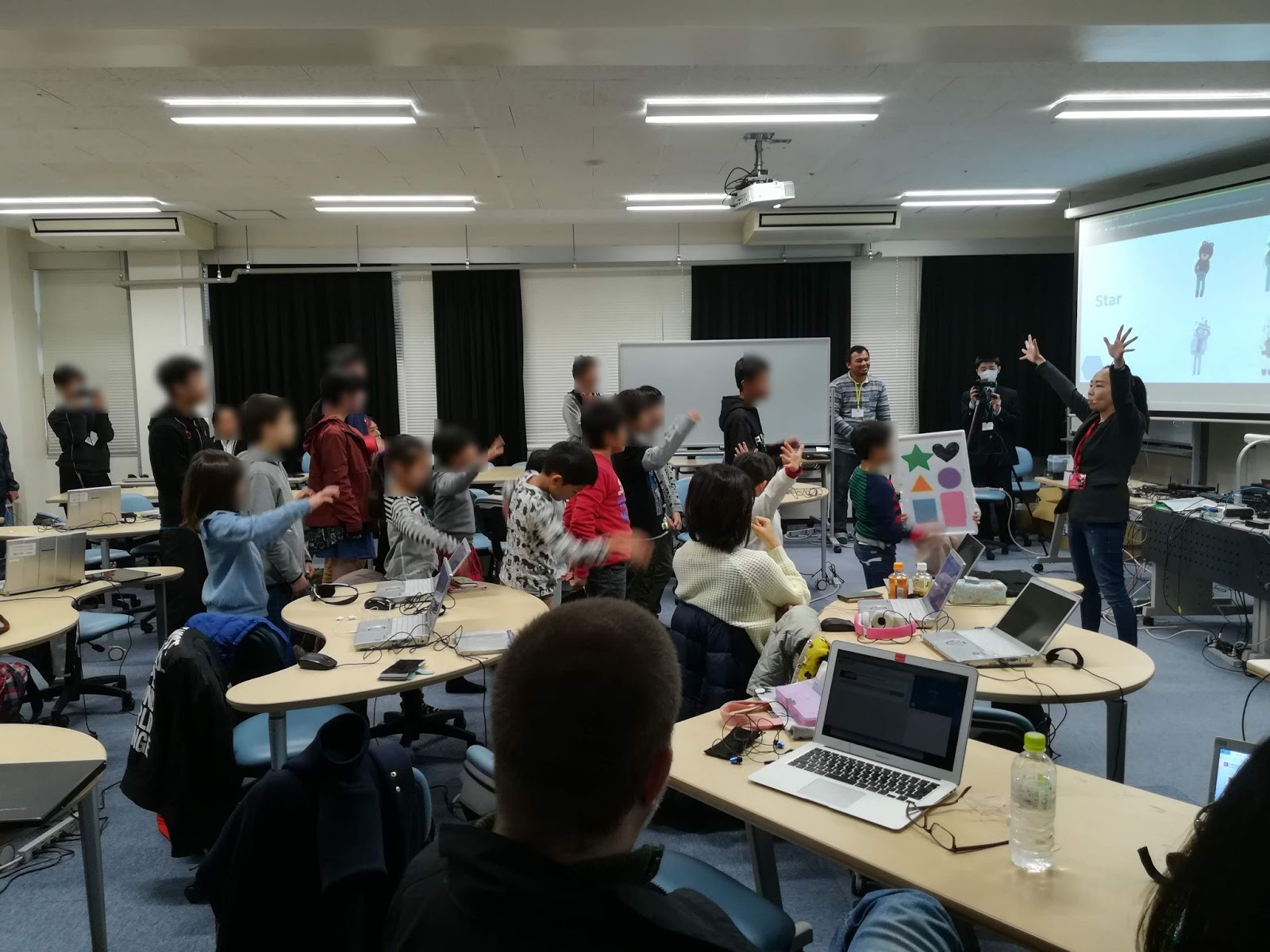
Kumamoto
After the dancing we had small break. We had very tasty sandwiches from TRES (they gave us some extra for the hard-working kids). We appreciated this act of kindness, thank you very much to the people from TRES.
Code.org Activity
After we learned about dance moves, we started a coding program in which the students had to get characters to dance; this was done through code.org. We were so amazed that the kids were able to complete the task without much of our help (Allowing us to have a long break after that dancing workout). Lesson 13 is a section where students can share their dance moves with others using the “Share” button.
We asked kids to share the link to Seesaw so that others can look at them. Here is the activity for that.
Here are submissions from students in the activity dashboard.

Like Time
Before we moved on to each student’s presentations, we took 5 minutes for kids to look at others’ work. The work shows up in the journal or the activity dashboard. They can like it or comment on them.
Seesaw allows for liking and commenting on others’ work in the class. We saw a lot of interaction among kids. This is an advantage of using Seesaw.
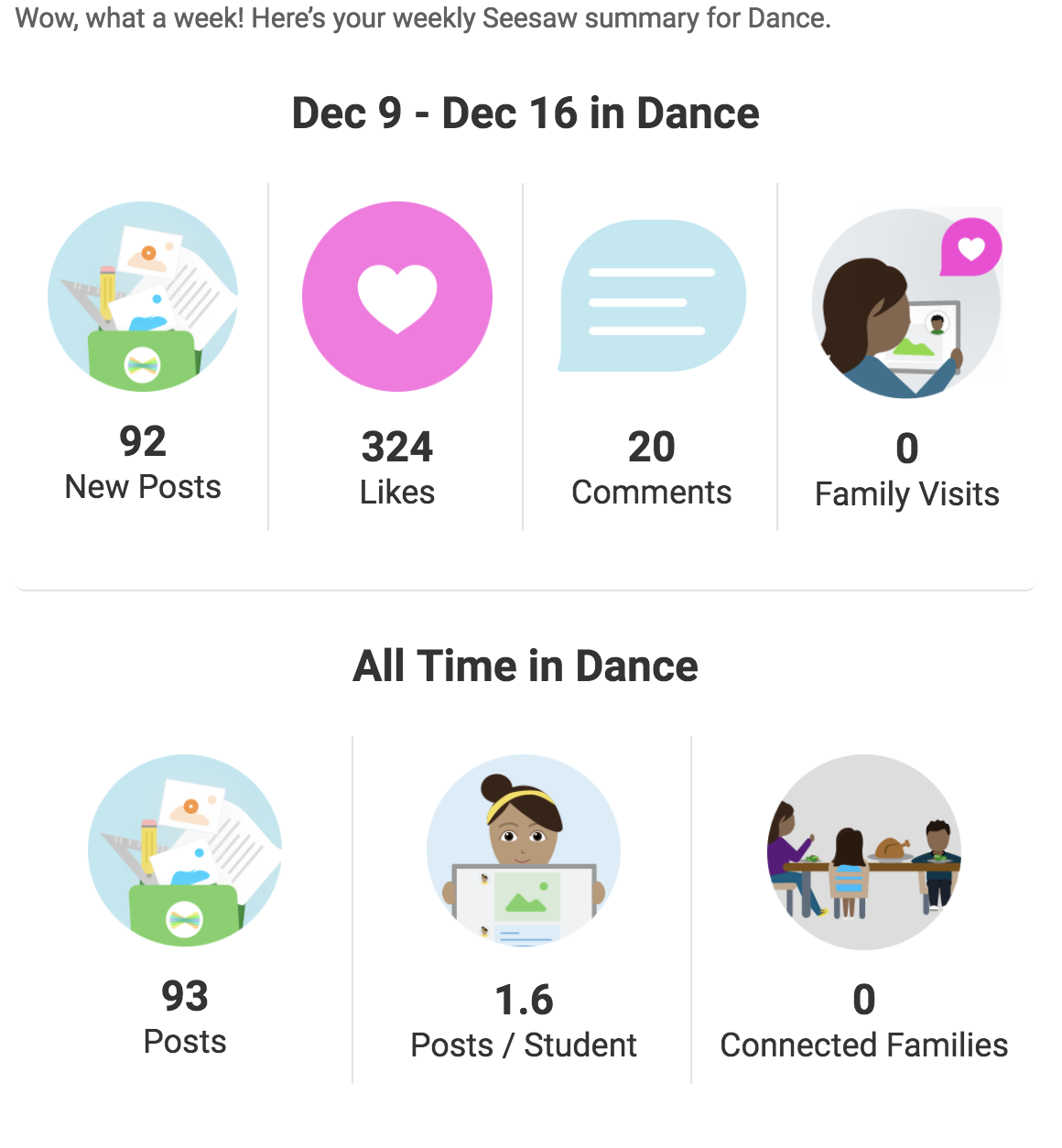
Presentation
From the Seattle classroom, we presented several works in the classroom and asked about their work. We were surprised that kids in Japan used English for their interviews and presentations. Also, it was a truly magical moment that their work was able to be presented to all 3 three locations. Here is some of the work by students.
- https://studio.code.org/projects/dance/_pA32HHrt0XyV_AgDWr5Q_Gzn6KAndpx8-rbjXOFV7E
- https://studio.code.org/projects/dance/XexKVbTqBUARN4vESm2VVDc3EvQUJoh9uXdlrRJS408
- https://studio.code.org/projects/dance/y5gd573aJlYr832ont5QVXcUNOrK076bVb3jfTFWYz8
- https://studio.code.org/projects/dance/S1v1Fx05Elz7-Aqq4Fk4-KiTs2ZvApejJSZUG1gXr_s https://studio.code.org/projects/dance/NHcRe6bf8OYZZonOJWUbVC6iKvcKCL_mZYonJRFUrv8
- https://studio.code.org/projects/dance/WFQIwMkTY6IXaDlAlWfNWxFxR4eyvVPBv94X8LxLl3A/view
Kahoot time
As usual, we did a Kahoot quiz show about what we learned in class that day (link : you need Kahoot app on phone/tablets for this). I hope they enjoyed the show.

Fukuoka (At the end of class)
Feedback (from Japan)
Compared to the last class (Tree Algorithm):
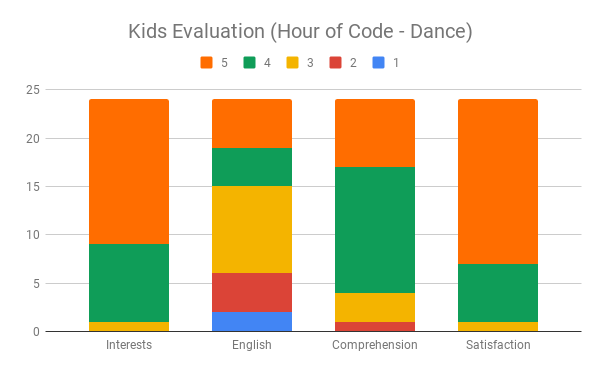
Kids
Good
- The Kahoot quiz
- Enjoyed the programming
- Physical dancing
- Fun to dance with friends
- Can program freely
- Could use different characters
- The Floss dance
Improvements
- Sound system
- Better organization
- More Japanese
- Less talk time
- Minecraft
- More classes
- Was hard to see the screen sometimes
Comments
- I really want to learn CS more
- Our whole family enjoyed it
- Working on projects and sharing it with my friends is fun
Parents
Motivation for joining
- Programming
- English
- Computer Science
- Helping my son’s/daughter’s dream
Comments
- The assistants were very helpful in providing understanding throughout the class
- Real dancing helped to understand the dance programming
- My daughter can speak english but not so many opportunities in Japan, but she could do a lot of things in the class and showed much more interest in computer science, I hope you make more opportunities like this
- We met many people in this field, it was a good opportunity
Last word
We will let you know when there is another class. Please stay tuned!
